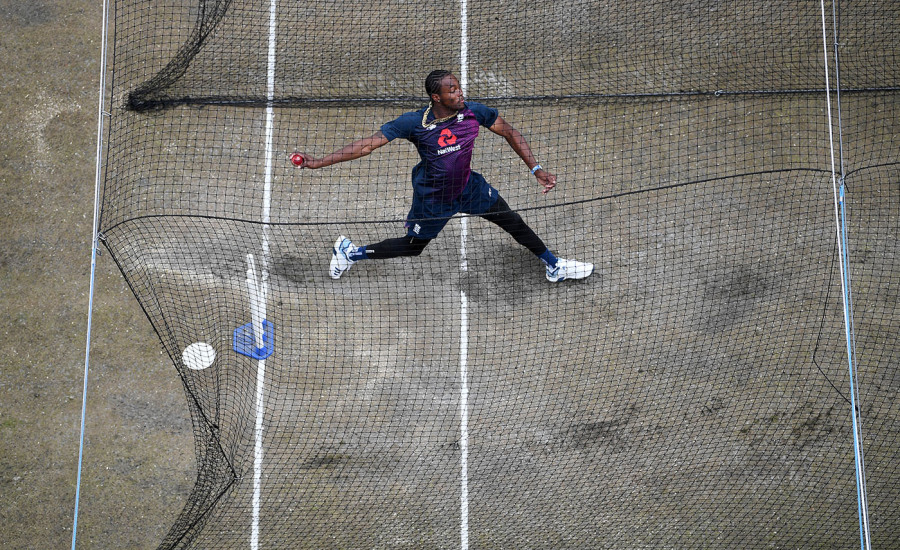The Evolution of Fast Bowling: Insights from Varun Aaron and Ian Bishop
Former fast bowlers Varun Aaron and Ian Bishop have faced similar fates in their careers, as injuries hindered their potential. Yet their passion for the craft remains unscathed. As commentators, both have leveraged their experiences to provide a unique lens through which to view fast bowling. During the 2025 IPL, they had an engaging conversation on their journeys, tackling injuries, and identifying promising fast bowlers for the future.
Fast Bowling’s Essence
Aaron: First off, Ian, what does fast bowling represent to you at its core?
Bishop: I am undeniably biased, but I consider it the most thrilling aspect of cricket. A bowler who can propel the ball at speeds exceeding 145kph is exceptional. Fast bowlers challenge a batsman’s skills and mental fortitude, prompting them to consider their safety and judgment. It’s an intense battle.
Adrenaline and Control
Aaron: Reflecting on your fast bowling days, how did it feel when you bowled accurately with the keeper positioned so close?
Bishop: It was exhilarating! In my youth, I wished to impress by delivering the ball high enough for the keeper to catch. With age, I gained an appreciation for pace combined with control and variety. I aimed to unsettle batters by targeting specific areas and using short deliveries effectively.
Born to Bowl Fast?
Aaron: Some argue that while training can mold a fast bowler, true talent is innate. Your thoughts?
Bishop: What makes you say they are ‘born’?
Aaron: Fast-twitch muscle fibers and an inherent thrill-seeking nature seem essential. Fast bowlers take significant risks each time they’re on the field, especially when pushing through their limits despite prior injuries.
The Demands of Fast Bowling
Bishop: While much knowledge about fast bowling has advanced since our time, fast-twitch fibers remain essential. The physical demands on fast bowlers set them apart. It requires a mindset ready to face demanding workouts, which often leads to injuries.
Aaron: Agreed. What are key principles for cultivating a successful fast bowler?
Training Regimens Through the Ages
Bishop: Reflecting on my experiences, I was inspired by greats like Michael Holding and tried to model aspects of my approach after them. Speed correlates strongly with run-up speed. It’s about athleticism and efficiently utilizing fast-twitch fibers throughout the delivery stride. Optimal techniques, like shoulders aligned toward the target, are crucial.
The Future of Fast Bowling in the West Indies
Aaron: With evolving training techniques, how can current fast bowlers maintain competitive advantages? The number of truly fast bowlers seems to have declined despite advancements in fitness and technique.
Bishop: Historically, we’ve had a strong tradition of fast bowlers, but we need to be more intentional in developing young talent today. Identifying and nurturing prospects, like Jayden Seales, will be essential for the future of West Indies cricket.
As the conversation unfolds, both Aaron and Bishop reflect on the vital importance of hard work, proper training, and the evolving landscape of cricket. The enduring legacy of fast bowling rests on a foundation of knowledge, experience, and relentless determination.



